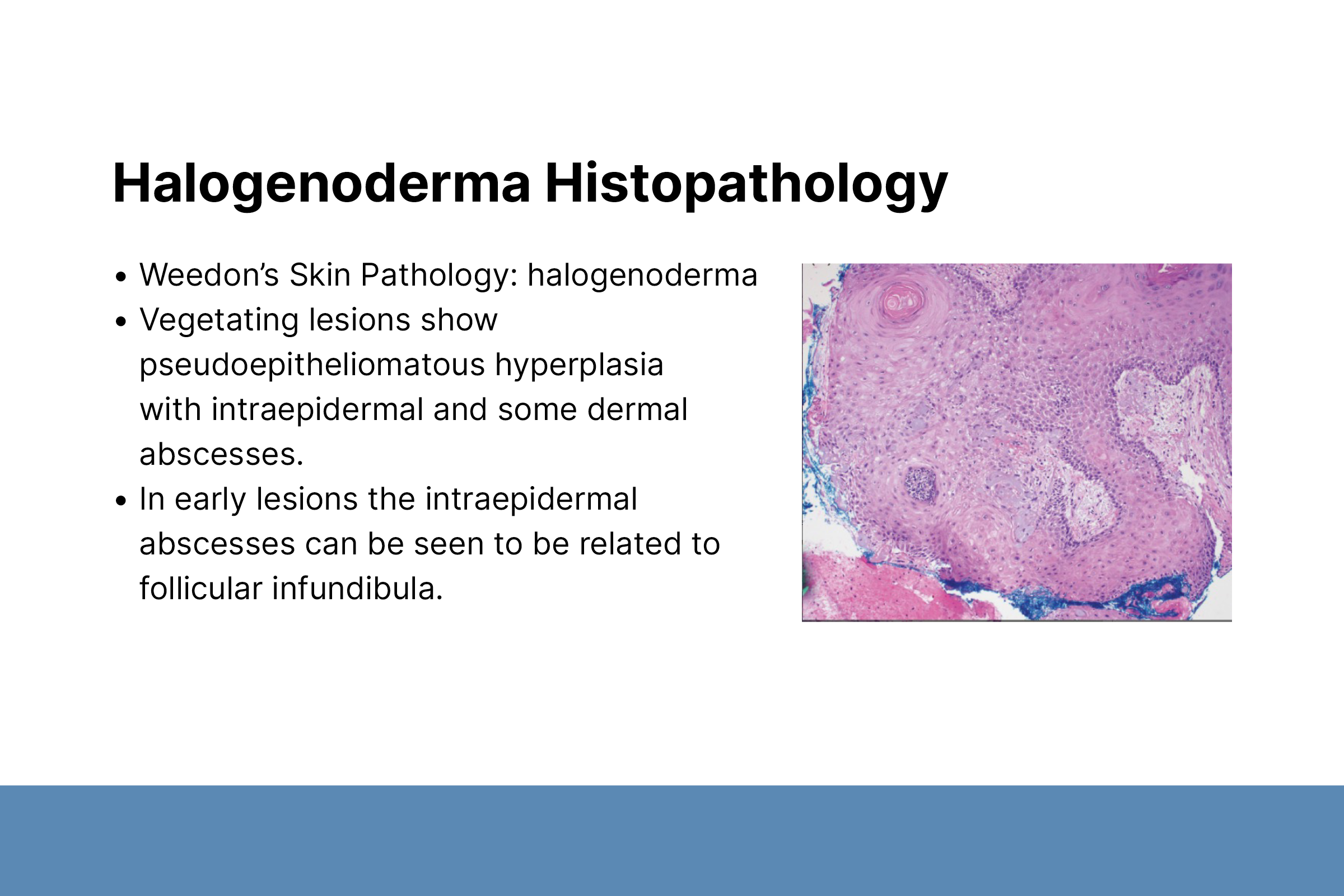Clues for Diagnosing Uncommon Inflammatory Diseases
Jeffrey North, MD, Managing Director and Associate Professor of Pathology and Dermatology, UCSF
December 2022
Dr. North presented cases of uncommon inflammatory skin diseases and the clues for diagnosis.
The first case was a 12-year-old boy with a chronic diffuse and ill-defined rash, recurrent fevers, and ulcers on his fingertips with partial auto-amputation. Multiple biopsies were performed and showed subtle findings of an interface dermatitis and lymphocytic panniculitis with mixed features of a connective tissue disease. Dr. North’s takeaway message was that you should consider uncommon inherited inflammatory diseases when you see a patient who appears to have a connective tissue disease, but the diagnosis doesn’t seem right. It is important to keep in mind that type 1 interferonopathies represent a group of diseases that manifest features seen in various connective tissue diseases, and you may need to look them up to determine which variant is the best fit.
The second case was a teenage girl with a diagnosis of Graves disease. She was admitted to the Pediatric Intensive Care Unit for thyroid storm and developed a cutaneous pustular eruption. A biopsy showed neutrophilic inflammation centered in the upper dermis with a round structure resembling cryptococcus yeast. However, Dr. North noted that it is important to be aware that there’s a mimicker of cryptococcosis under the microscope that occurs in patients like this one, who had neutrophilic dermatitis.
The third case was a 50-year-old male with rapidly progressive, painful, purpuric papules and plaques on the legs that started after working in his yard. Only the fronts of his legs were affected. A biopsy was done to rule out vasculitis and showed features of evolving leukocytoclastic vasculitis. A clue to the correct diagnosis was that the man was wearing shorts while clearing an agave plant from his yard. With help from the clues, the diagnosis was agave purpuric dermatitis.

Dr. North showed cases in which neutrophilic inflammation in halogenoderma and other neutrophilic inflammatory disorders can simulate the appearance of cryptococcal fungal infection

